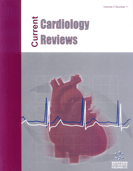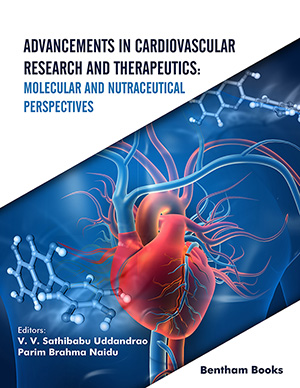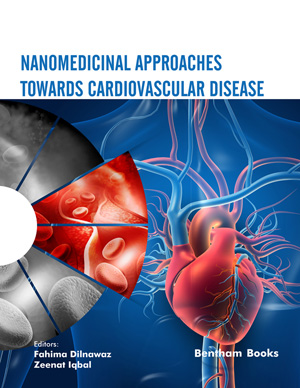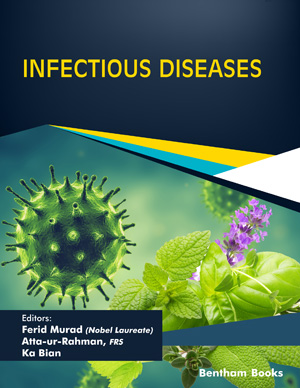Abstract
Introduction: Although optimal wellbeing of young adults (YA) is a vital asset for productivity and measurable and sustainable development, there is a dearth of information on the wellbeing status of YA, especially after the COVID-19 lockdown in Ghana. The study has established the post-lockdown wellbeing status of YA in the COVID-19 pandemic epicenters of Ghana.
Methods: The wellbeing status of 1783 (24.49 ± 4.62 year) Ghanaian YA from Kumasi, Accra, and Kasoa (known epicentres of COVID) was assessed in this cross-sectional study. Body mass index (BMI) was calculated, and physical, social, emotional, spiritual and intellectual states were assessed.
Results: More females were found to be overweight (315, 17.7%) and obese (160, 9.0%) compared to males. The majority (714; 40.0%) of the young adults were between the ages 25-30 years and overweight, with a mean BMI of 25.46 ± 4.67 kg/m2. Overall, 157 (8.8%) had poor, 755 (42.3%) average, 479 (26.9%) good, while 392 (22.0%) had outstanding wellbeing. Specifically, the average grade was recorded for physical (29.07 ± 6.67), spiritual (29.32 ± 6.80), and intellectual (28.29 ± 6.56), while ‘good grade’ was obtained for social (32.16 ± 5.13) and emotional (31.54 ± 5.07) dimensions of wellbeing.
Conclusion: Average Ghanaian YA in the study were overweight (BMI value) and had average wellbeing, which may suggest the risk of cardiovascular diseases. Educational and physical activity interventions with meticulous dietary control and proper understanding of family history, age and genetic factors will help to improve the wellbeing of Ghanaian YA.
Keywords: COVID-19, BMI, cardiovascular diseases, dietary control, SEM, ANOVA.
[http://dx.doi.org/10.1371/journal.pone.0245546] [PMID: 33481848]
[http://dx.doi.org/10.3390/ijerph17176035] [PMID: 32825092]
[http://dx.doi.org/10.1016/j.jenvman.2019.109955] [PMID: 31989981]
[http://dx.doi.org/10.1152/ajpheart.00268.2020] [PMID: 32412779]
[http://dx.doi.org/10.1037/amp0000702] [PMID: 32700938]
[http://dx.doi.org/10.1146/annurev-orgpsych-032414-111347]
[http://dx.doi.org/10.3200/JACH.56.1.29-36] [PMID: 17711823]
[http://dx.doi.org/10.1177/0898010112440883] [PMID: 22713605]
[http://dx.doi.org/10.5502/ijw.4i2.4]
[http://dx.doi.org/10.1186/s13690-020-00402-5] [PMID: 32280462]
[http://dx.doi.org/10.1123/jpah.2020-0325] [PMID: 33601332]
[http://dx.doi.org/10.1016/j.jaac.2020.08.466] [PMID: 33091568]
[http://dx.doi.org/10.3390/ijerph18073515] [PMID: 33805249]
[http://dx.doi.org/10.4102/phcfm.v12i1.2456] [PMID: 32634003]
[http://dx.doi.org/10.1136/bmjgh-2020-002699] [PMID: 32451367]
[http://dx.doi.org/10.1016/j.chest.2020.08.342]
[http://dx.doi.org/10.5812/intjssh.104103]
[http://dx.doi.org/10.1002/j.1556-6678.2009.tb00570.x]
[http://dx.doi.org/10.1080/15332985.2020.1861165]
[http://dx.doi.org/10.4102/sajip.v47i0.1863]
[http://dx.doi.org/10.5334/aogh.3144] [PMID: 33505866]
[http://dx.doi.org/10.1186/s12889-016-3901-4] [PMID: 27938360]
[PMID: 32509005]
[PMID: 33084622]
[http://dx.doi.org/10.1080/14704994.2020.1818385]
[http://dx.doi.org/10.3389/fpsyg.2020.579038] [PMID: 33240167]
[http://dx.doi.org/10.1192/j.eurpsy.2021.17] [PMID: 33686930]
[http://dx.doi.org/10.1007/s11126-020-09744-3] [PMID: 32319041]
[http://dx.doi.org/10.1016/j.dhjo.2020.100965] [PMID: 32843311]
[http://dx.doi.org/10.1097/MLR.0b013e31822ebed9] [PMID: 21945974]
[http://dx.doi.org/10.9734/INDJ/2017/33461]
[http://dx.doi.org/10.1590/s1980-220x2020030503782] [PMID: 34190897]
[http://dx.doi.org/10.1007/978-3-319-77004-8_15]





















